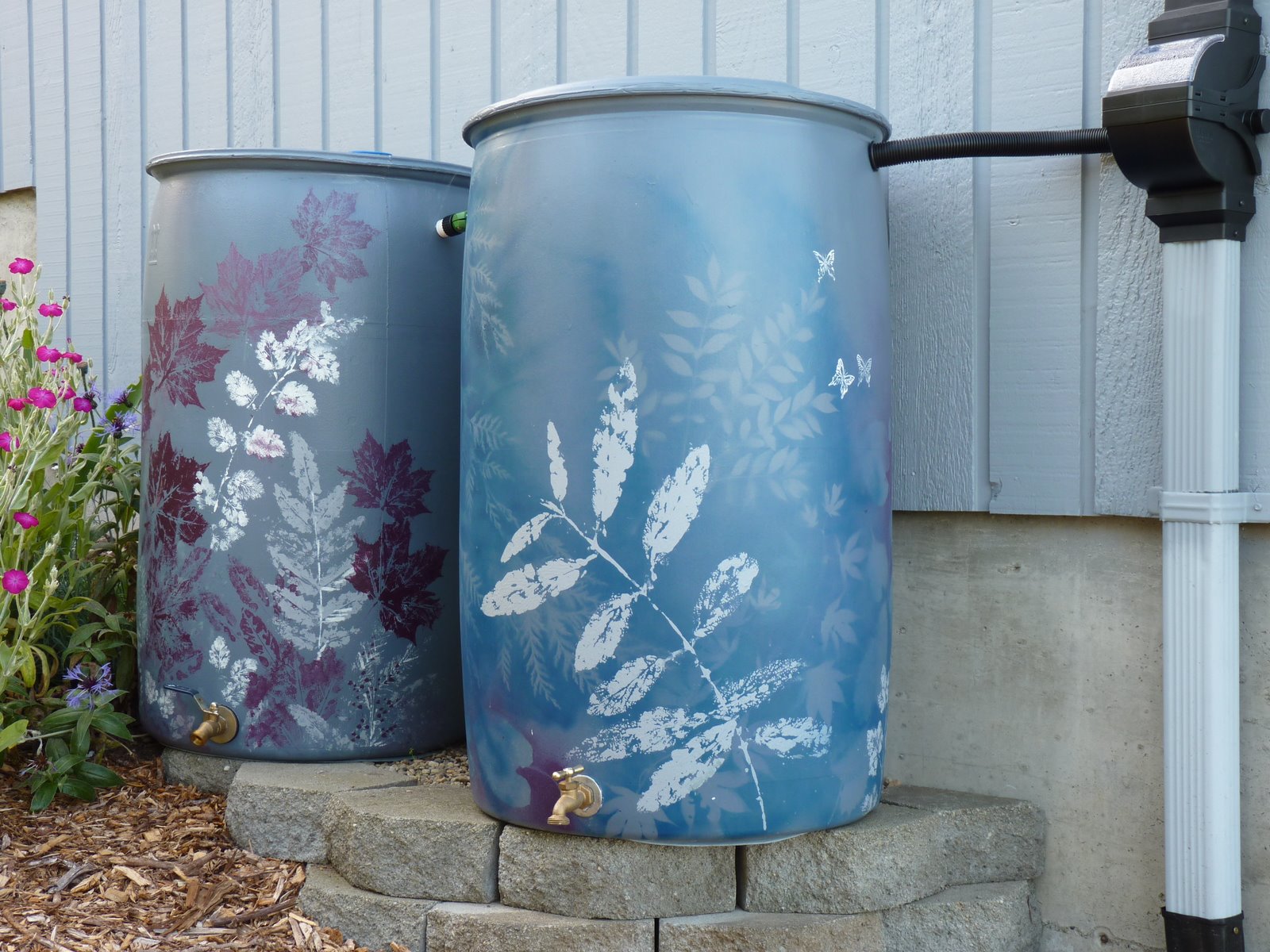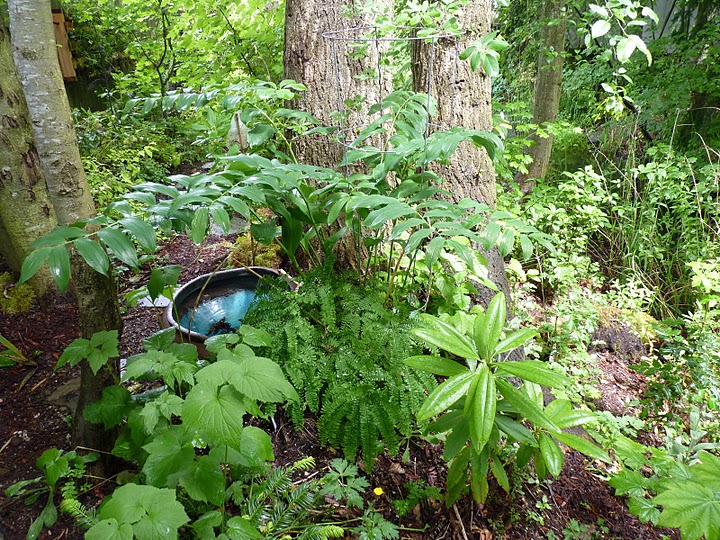Gardening with a Purpose
/While rain gardens may not be for everyone (or every yard), there are a lot of other great ways to beautify your landscape, reduce maintenance and costs, and put the rain to work in your yard! Bog gardens, rain barrels, amending your soil, filter strips, terraces, buffers, berms, splash blocks, layered plantings, permeable pathways . . . the list goes on.
Why bother with the rain?
Putting the rain to work on your property will lead to healthier, more beautiful plants and lawn, and a landscape that is easier to care for. Many practices encourage reducing or replacing your lawn, giving you more time to sit back and enjoy your yard.
By managing rain where it falls, you are also protecting our local streams and Puget Sound. When rain runoff leaves your property it makes its way to the nearest waterway.
This rain picks up pollutants along the way and carries them downstream, eventually to Puget Sound. Slowing the rainfall and putting it to use in your yard cuts pollution and mimics nature.
The top five tips
Here are our top five simple, relatively inexpensive ideas to help you and your yard, and protect our special Northwest environment:
1. Use Splash Blocks
Redirect your downspout to a splash block so the water runs downslope and away from your foundation. Make sure the block empties onto your lawn or into a planting bed, where rain water can best be absorbed and used. Don’t let water pool next to your foundation.
2. Collect Rain Water
Save rain water for the summer when we need it most! Rain barrels fill up quickly, so consider installing two or three, and be sure to direct the overflow away from your foundation. Better yet, get a cistern (shown below right) or tank – they come in all shapes and sizes. Have you seen our new brochure on rain water collection? Check it out at www.betterground.org.
A colorful buffer borders this yard. Courtesy of Innovative Landscape Technology.
3. Add Plant Buffers
Slow the rain down once it’s hit the ground, and put it to use before it runs down the storm drain, or down the road. Planting small shrubs and perennial plants along the edges of your yard will enhance your landscape, increase your property value and capture some of that rain, allowing it to soak into the ground.
4. Amend Your Soil
Amended soil(left) and non-amended soil(right) along a walkway. Courtesy of Innovative Landscape Technology.
For better grass and less summer watering, add a layer of compost to your lawn (1/4 inch) and planted areas (1 - 2 inches). This will help your soil absorb and hold rainfall, leading to a healthier lawn and plantings, and reduce your water bill and need for fertilizers. Do this annually in the late spring/early summer (May) or as needed.
5. Layer Your Plants
Layered plants in a natural setting help collect rainwater and protect soil from erosion. Courtesy of Innovative Landscape Technology.
‘Layering’ your landscape means you put the tallest plants in the back of your planted area, the shortest in the front, and mix other heights in between. Besides creating interest in your garden, this provides great habitat for wildlife, and also catches rain drops so they don’t become runoff. The extra shade also helps your soil hold moisture during our dry summers.
Questions?
Contact your local conservation district. Snohomish Conservation District can be reached at 425-335-5634 or ccteam@snohomishcd.org.
Sound Home Idea #01 Gardening with a Purpose
Better Ground is brought to you by the Snohomish Conservation District. 528 91st Ave NE Lake Stevens, WA | 425-335-5634 | www.betterground.org






